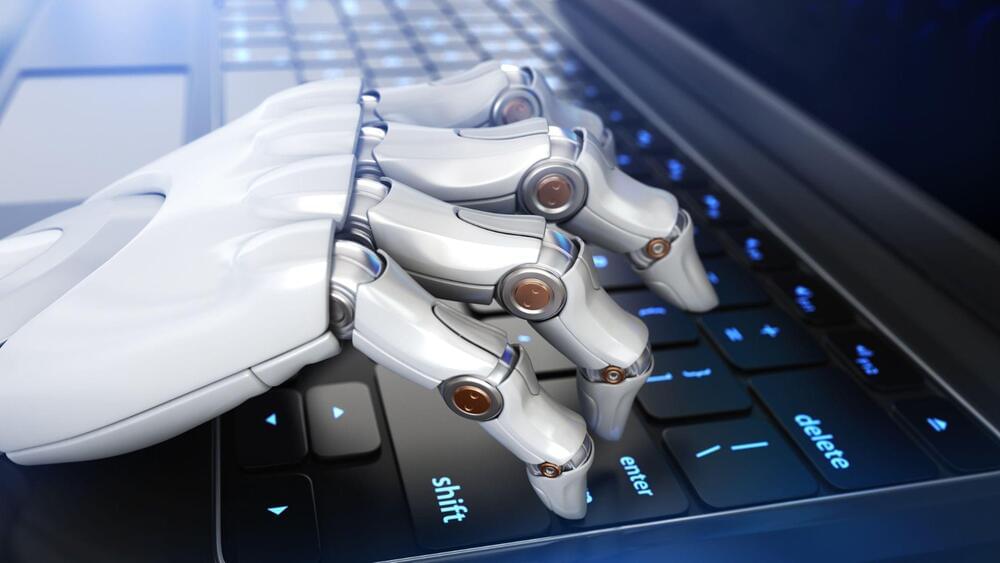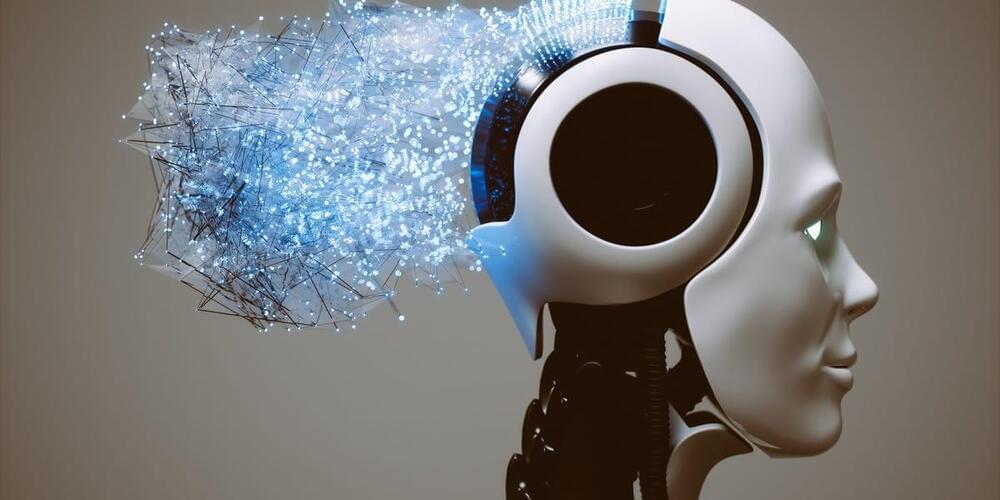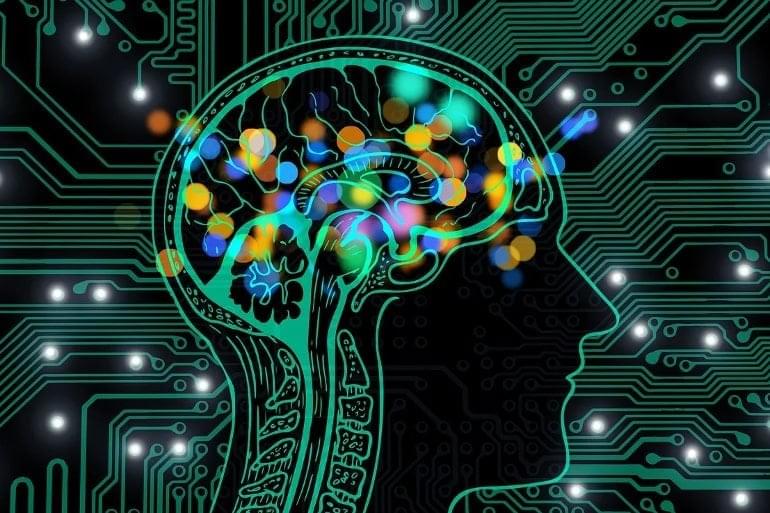It’s a revolutionary step forward for soft robotics.
A team of scientists from Edinburgh has engineered smart electronic skin that could pave the way for soft, flexible robotic devices with a sense of touch, according to a press release by the institution published last week.
The technology could aid in breakthroughs in soft robotics introducing a range of applications, such as surgical tools, prosthetics, and devices to explore hazardous environments.
University of Edinburgh.
Researchers say, “their stretchable e-skin gives robots for the first time a level of physical self-awareness similar to that of people and animals.”







